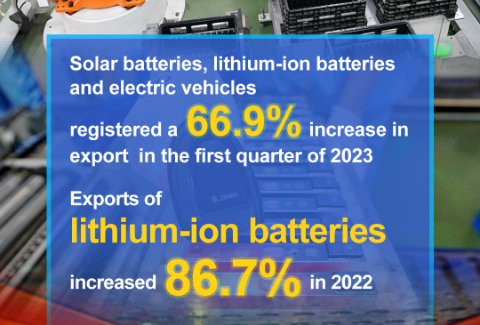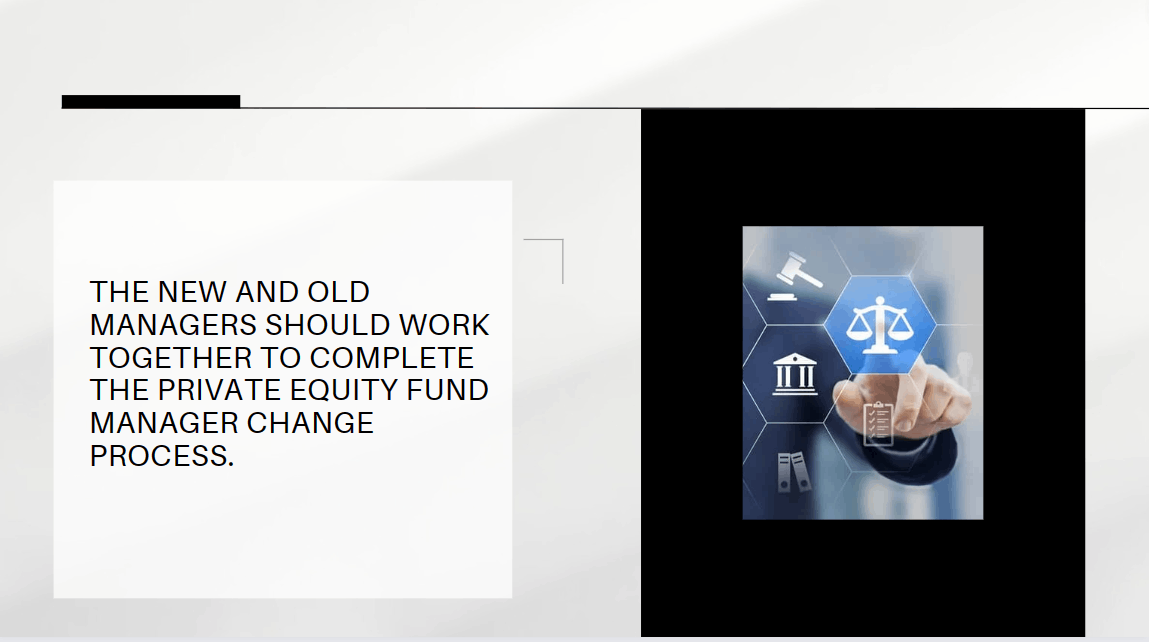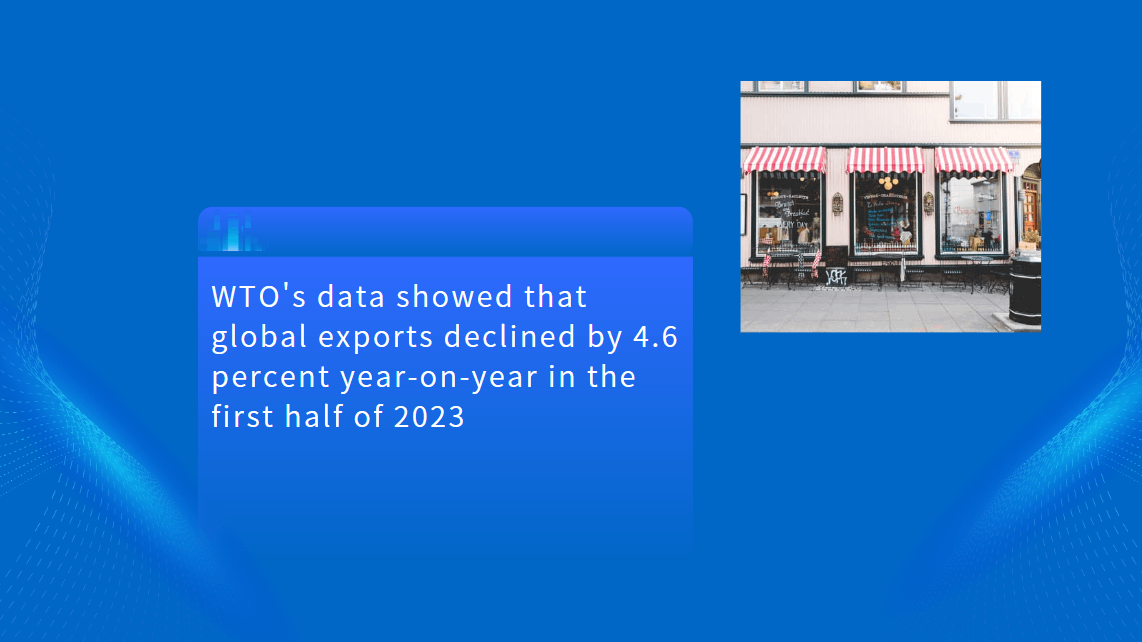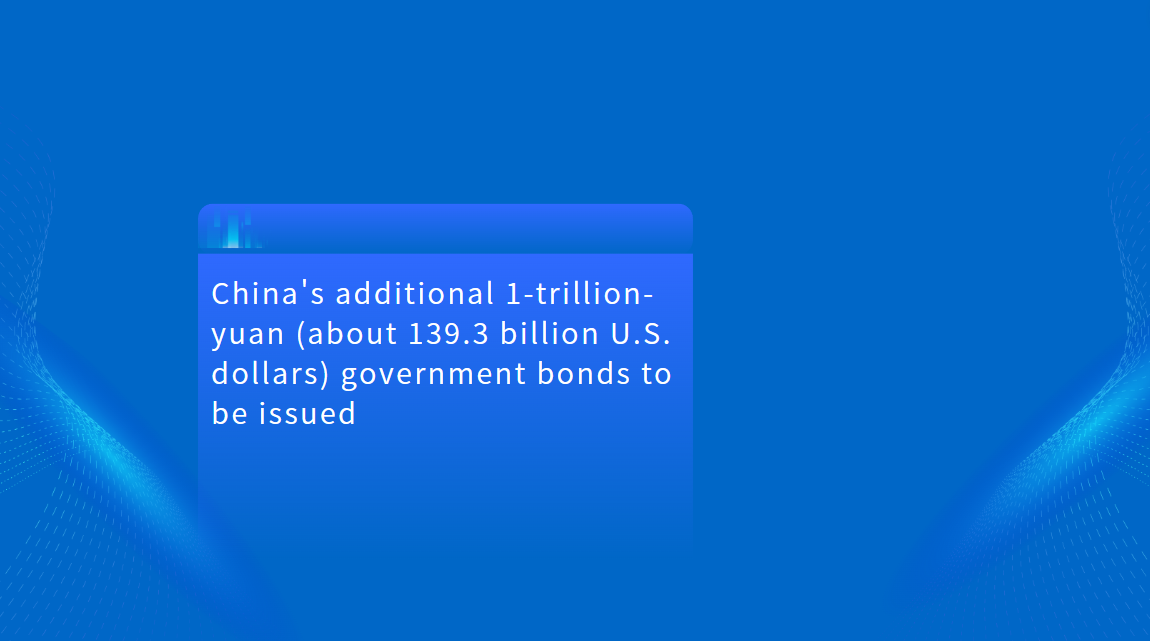Targeted Policies and Coordination Mechanisms: Fostering a New Ecosystem for SME Financing
This article contains AI assisted creative content
Since the deployment of the coordination mechanism for supporting SME financing, local task forces have been actively exploring ways to guide financial institutions, collaborate with local governments and financing guarantee companies, and address SME financing challenges through increased credit allocation, targeted guidance, and enhanced risk-sharing mechanisms.
The latest data reveals that banks have extended over 18 trillion yuan in new credit to entities on the recommended list under this mechanism.
Scaling Up Credit Supply
In regions such as Tianjin, Shandong Province, and Xinjiang Uygur Autonomous Region, local task forces are guiding banks to actively extend credit to SMEs. For example, some areas use innovative scoring systems to grant credit to tech enterprises. A tech-focused SME in Tianjin’s Binhai New Area was in urgent need of financing during its R&D phase. Under the guidance of the local task force, Shanghai Pudong Development Bank (SPDB) Tianjin Branch quickly tailored a financing plan. By leveraging the Binhai New Area’s innovative scoring system, SPDB launched the “Pu Hui Jin Fen Dai” product, approving a 10 million yuan credit line for the enterprise.
Other regions are providing robust support for agricultural entities. A vegetable cooperative in Shouguang City, Shandong Province, faced urgent funding needs due to seasonal stock-up demands. The local task force in Shouguang guided Shouguang Rural Commercial Bank to use the cooperative’s transaction data from a vegetable marketing platform as the basis for credit assessment. Through a “green channel + special quota” mechanism, the bank disbursed 500,000 yuan on the same day the application was made.
Providing Targeted Guidance
Beyond scaling up credit, local task forces are offering targeted guidance to address specific challenges faced by SMEs, such as property rights issues and financing rejections due to frozen equity in affiliated companies.
In Chaoyang District, Beijing, a construction engineering company urgently needed a working capital loan but faced property ownership disputes and difficulties in verifying the land area attributed to the enterprise. The local task force coordinated with district-level planning and natural resources departments to open a green channel, accelerate verification, and clarify the ownership and area of the collateral. Based on this, Agricultural Bank of China Chaoyang Branch expedited the collateral valuation, optimized the loan approval process, and issued a 10 million yuan loan to alleviate the company’s cash flow pressure.
Strengthening Risk-sharing Mechanisms
According to Fu Yifu, a researcher at Suzhou Bank, information asymmetry causing financing obstacles or high transaction costs is a deep-seated reason for SME financing difficulties. Developing third-party credit reporting and rating agencies to reduce financial institutions’ costs in accessing SME credit information is crucial.
In Hunan Province, a risk-sharing mechanism enabled financing services for a tech SME. An environmental company in Wangcheng District, Changsha City, a tech SME with light assets, could not obtain a loan due to a lack of collateral. The Wangcheng task force formed a dedicated service team with local financial offices, science and technology bureaus, financing guarantee companies, and banks. They created a financing closed loop for tech SMEs: “technological assessment – risk sharing – lifecycle services.”
Industry insiders suggest that positive incentives for financial institutions to support SME financing are as important as risk-sharing mechanisms. Financial institutions should be guided to establish proper performance and development views, reduce internal profit and scale assessments, refine differentiated regulatory policies for SME financial services, and increase tolerance for non-performing SME loans. These measures can encourage commercial banks to explore the SME market.





















































First, please LoginComment After ~